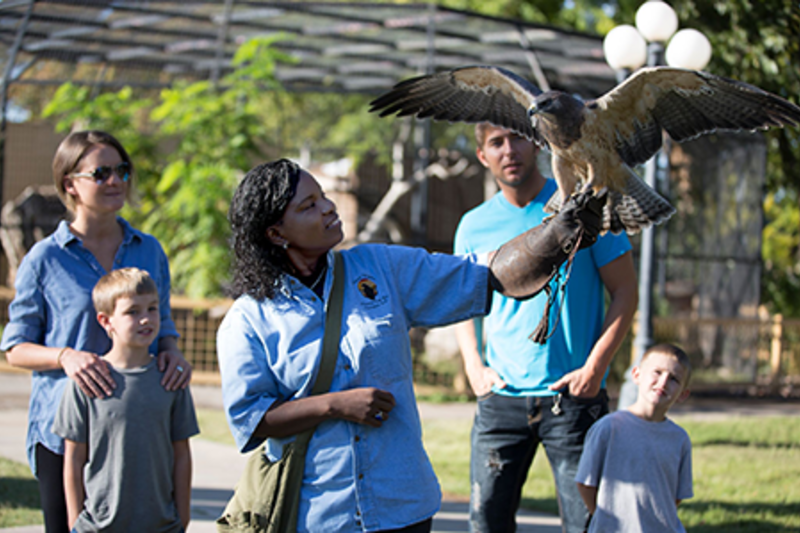In 1983, the Atari video game company buried a surplus of game cartridges in southern New Mexico at a landfill in Alamogordo. Among them were unsold copies of E.T. the Extra-Terrestrial, widely considered the biggest failure in video-gaming history. The event quickly devolved into urban legend. However, Joe Lewandowski, then a solid-waste consultant and now a volunteer for the Tularosa Basin Historical Society, knew the truth. He helped dig up the cartridges more than a decade later, and even oversaw the sale of 800 of them on eBay for $107,000 to benefit the historical society and its museum, among other charities.
“It’s just one more strange thing that happened in the basin,” he says. Nestled between the Sacramento Mountains to the east and Holloman Air Force Base and White Sands National Park to the west, Alamogordo has a knack for the unusual. The world’s first atomic bomb exploded not far from here at the Trinity Test site on July 16, 1945. (The test site opens annually to visitors.) Ham, the first non-human hominid to fly in space, is buried at the New Mexico Museum of Space History, in town.
“Alamogordo’s past is unique to almost anywhere in New Mexico,” Lewandowski says. It has connections to early Indigenous peoples, the Wild West, the railroad, sawmills, rocketry, an often-overlooked pottery studio, and the Space Race—just to name a few.

This city’s storied past grew longer recently with the 2018 discovery of the longest fossilized human trackways at White Sands National Park. Ancient humans created the paths some 10,000 years ago. White Sands—one of the country’s newest national parks—protects the world’s largest gypsum dune field. The field is more than a geological and ecological wonder. Part of the field is devoted to the White Sands Missile Range. Still in operation today, it’s where German V-2 rockets were tested after World War II and NASA’s Space Shuttle Columbia landed in 1982. The New Mexico Museum of Space History chronicles the town’s many connections to space exploration and memorializes famous faces in the International Space Hall of Fame.
The historical society oversees another oddity: the ghost-town ruins of the La Luz Pottery Company, in the nearby town of La Luz. In the 1930s, the company churned out up to 200 styles of pottery—vases, pots, and tiles that today are collectors’ items. The society leads tours of the site and displays samples of the pottery at its museum.

The town’s family-friendly side shows itself at Alameda Park Zoo. Founded in 1898, it claims the title as the oldest zoo in the Southwest. The small, 12-acre zoo features some 200 animals representing about 60 species, including the Mexican wolf. Families also enjoy tours of Heart of the Desert Pistachios & Wine (adults should plan ahead for Wine Down Wednesdays on the patio there) and PistachioLand. At the latter, visitors hop in pistachio-themed golf carts to see the orchards where one of the region’s favorite crops grow. The photo op with the World’s Largest Pistachio road-side sculpture outside is a can’t miss.
“Alamogordo is a Northeastern town transplanted into the Southwest,” Lewandowski says. From tree-lined avenues to blocks of two- and three-story brick buildings, its aesthetic stands out from New Mexico’s typical adobe or adobe-style architecture. It shares at least one similarity with other Land of Enchantment locales, however: Settlers arriving in the harsh landscape were “able to take nothing and make something out of it,” he says. That “something” is always surprising.
Visit AlamogordoNMTrue.com or call 1-800-826-0294 for more information.

